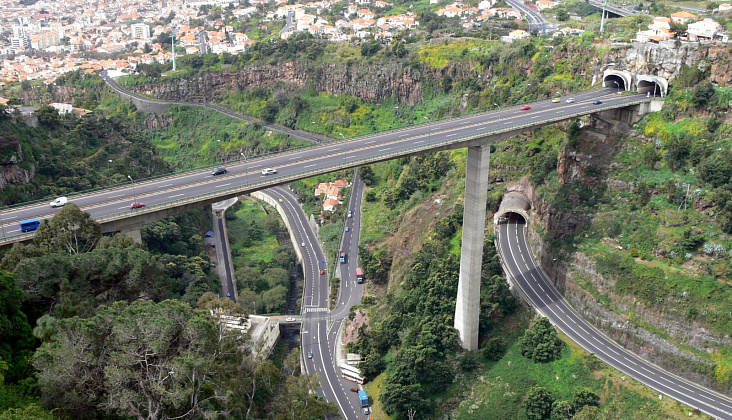Venezuela or the Bolivarian Republic of Venezuela – a state in the north of South America
 SHOPPING
SHOPPING
Most stores in the country are open from 8:00 am to 6:00 pm on weekdays, but outside Caracas, many shops close by noon and open no earlier than 14: 00-15: 00. Many shopping centers are open until 21: 00-22: 00.
The best souvenir from Venezuela is, of course, rum. Original local items are also popular, for example, clay painted dolls, as well as hammocks, baskets, colorful capes and openwork baskets performed by local Indians. We recommend to buy flavored local coffee and chocolate.
WHERE TO STAY
The classification of hotels in Venezuela is standard from 1 to 5 *, with rather high service requirements. Moreover, hotels not only correspond to the declared star, but sometimes even noticeably surpass it.
SEA AND BEACHES
The most popular beach destination among tourists in Venezuela is Margarita Island (tropical beaches with fine white sand and clear water).
HISTORY OF VENEZUELA
While making his third voyage to the shores of New World, Columbus discovered the north coast of South America, and in 1499 the Spanish conquistador Alonso de Ojeda arrived there. In the lagoon of Maracaibo, the conquerors saw two dozen Varao huts built on stilts and interconnected by bridges. Amerigo Vespucci, a native of Italy, who arrived with the Spaniards, they reminded the city of the lagoons – Venice, and he called the pile settlement a little Venice, in Spanish Venezuela. In the middle of the XVI century, the name Venezuela was worn only by the city of Loro, located at the entrance to the Gulf of Maracaibo. Later, the whole country was called like that.
By the time of the Spanish conquest, the territory of Venezuela was occupied by semi-nomadic Indian tribes living in conditions of a primitive communal system and engaged in hunting, fishing, gathering, slash-and-burn farming. Their tools were very primitive and made of wood and bone. Most of the country was occupied by the Arawak Indians, but shortly before the arrival of the Europeans, the Arawak displaced from the northern areas to the south the tribes of the Carib Indians.
In Venezuela, as in other countries of the New World, the Spanish conquistadors were attracted by the “gold rush”. Gradually, they moved inland, overcoming the resistance of Indian tribes. The gold placers found here and there were soon exhausted, and in the first half of the 16th century, the Spaniards turned to agriculture. Local cultures brought from Europe were also grown, of which sugarcane and Indigo were the most valuable, becoming the colony’s economy in the 16th-17th centuries.
In 1520 the first Spanish settlement was founded in Venezuela and in general in South America – Cumana. In the second half of the 16th century, Caracas, Valencia, Barquisimeto, Merida and other cities were founded. In the XVIIIth century, having mastered the north and north-west of the country, the Spaniards moved south – to Llanos and Orinoco. By that time, many Indians who resisted were exterminated, many became extinct from measles and smallpox epidemics, most of the surviving Indians had gone deep into the jungle.
The conquistadors and the first Spanish settlers took Indian women as wives. The offspring of these marriages – mestizo – possessed greater immunity to diseases introduced by Europeans. In connection with the development of the plantation economy, from the end of the 16th to the beginning of the 19th century, black slaves were brought into the areas of sugarcane, tobacco and indigo plantations. Mixing blacks with whites led to the appearance of mulattoes, and mixing blacks with indians to the emergence of sambo. Thus was formed a rather motley composition of the country’s population in its anthropological type. According to the estimates of Alexander Humboldt, who visited Venezuela at the turn of the 18th and XIXth centuries, a little more than half of its population were mestizas, mulattoes and sambo, a quarter – whites, 15% – Indians and 8% – negros.
The struggle for independence from Spain at the beginning (since 1806) was led by Francisco de Miranda (1750-1816), nicknamed by the people of the Forerunners, and in 1811 declared the independence of Venezuela. After being captured by the Spanish authorities (in 1812), Simon Bolivar (1783-1830) led this struggle.
The bloody war of independence lasted ten years and ended in 1821. Bolivar, nicknamed the Liberator, became president of Great Colombia, which included Venezuela, present-day Colombia with Panama and Ecuador.
After the death of Bolivar in 1830, Great Colombia fell apart, and Venezuela became an independent republic. But this did not lead to political stability, in subsequent years military coups and civil wars broke out in the country.
After the discovery of oil deposits, foreign capital began to flow into Venezuela, which improved the country’s economy, but it became completely dependent on the price of oil. In addition, a new prosperous class has been formed in the country, and the poor have remained with nothing. This gave rise to a new wave of uprisings and discontent.




